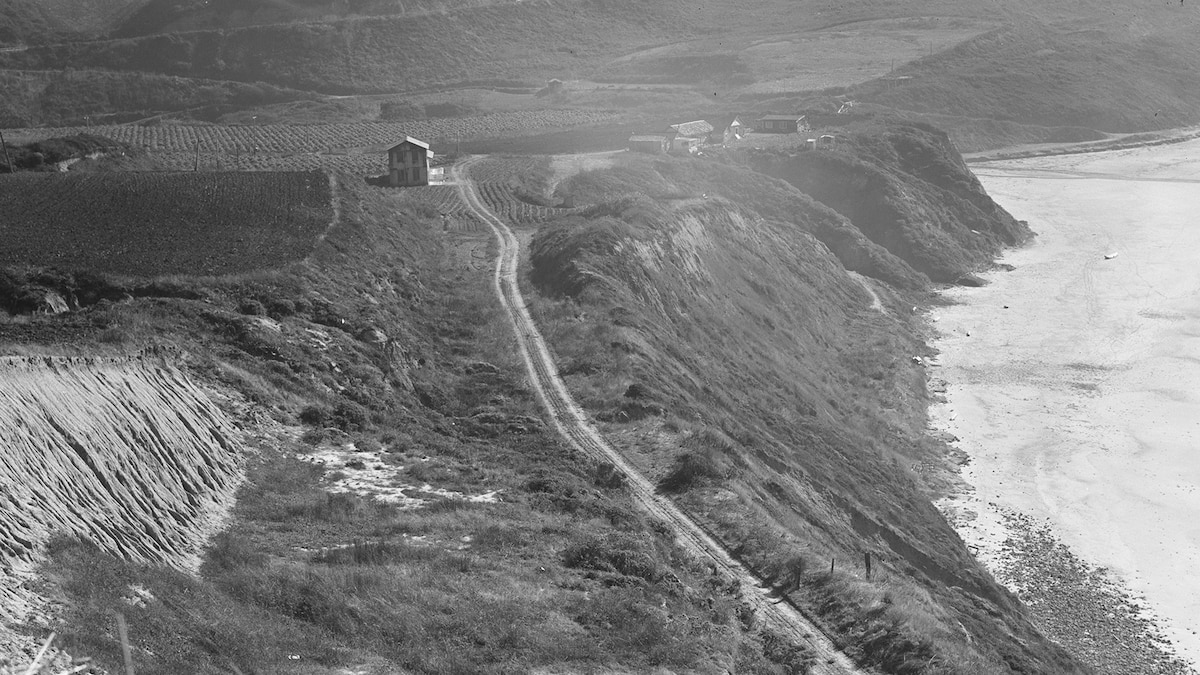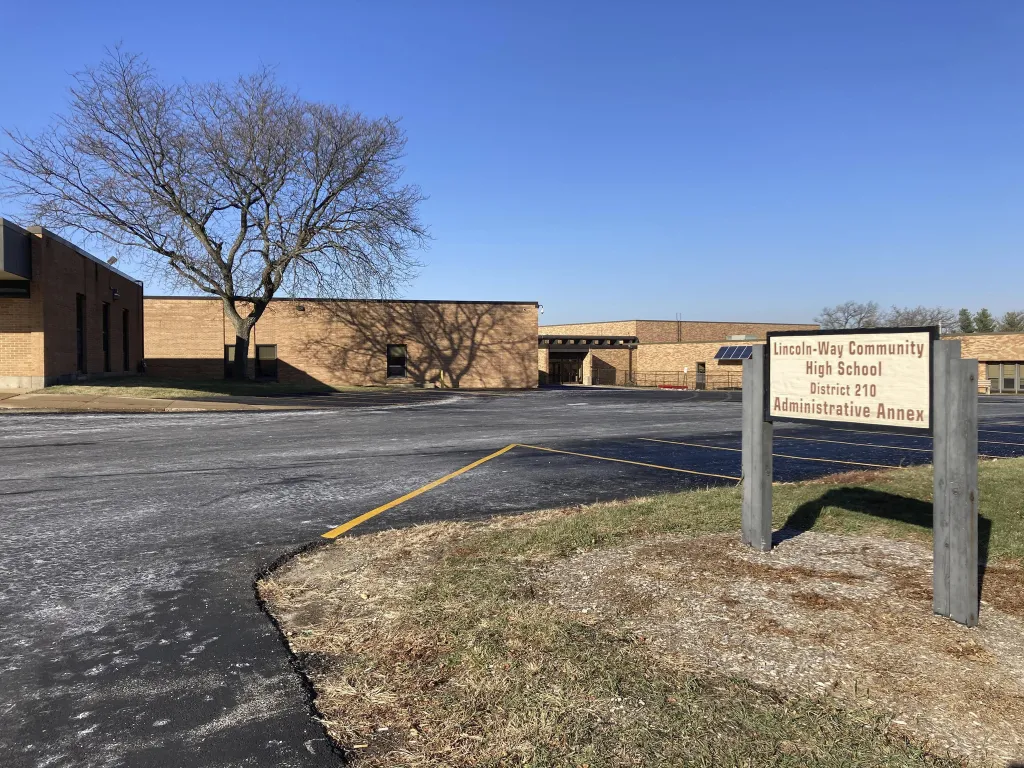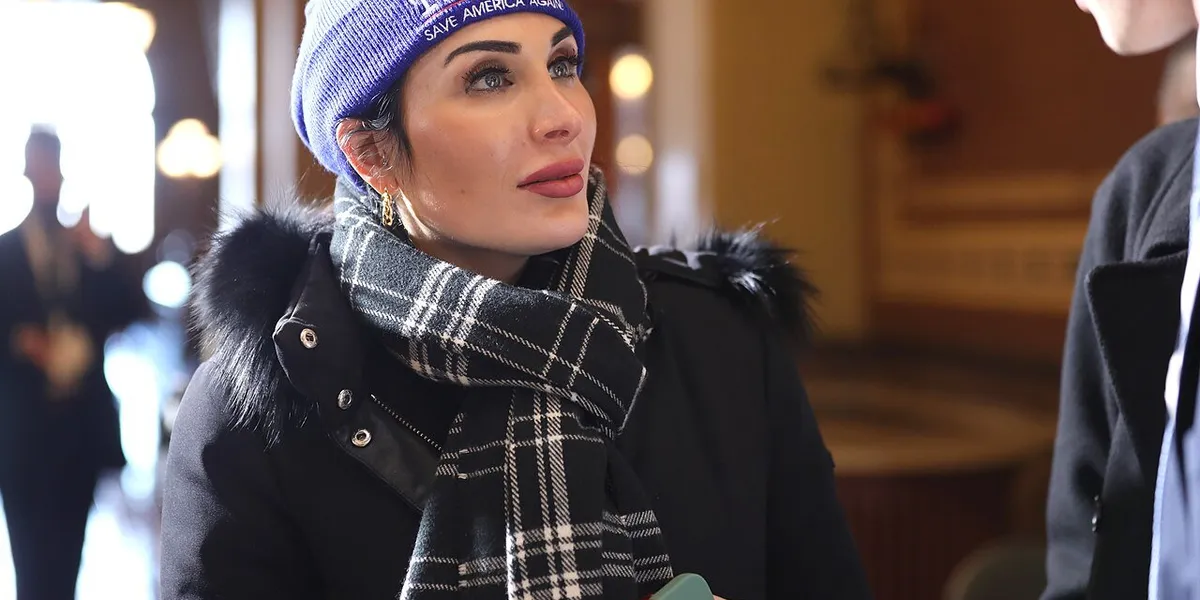
The first bicoastal gang wars in the United States weren’t sparked by booze, gold, or guns—but by a vegetable. In the late 1880s, Italian farmers introduced artichokes to the foggy fields south of San Francisco, where they flourished.
By the 1920s, refrigerated railcars from these California farms carried nearly every artichoke eaten in the U.S., transforming the crop into a rare and highly profitable commodity. In a county long used to vigilante justice, farmers armed themselves with shotguns and machetes to protect fields from rival competitors and local crime kingpins.
Across the country, New York City’s rising Mafia families saw an opportunity. The Morello family seized the transport paths coming into New York City before sending enforcers west to quell local resistance. By the 1930s, hijacked shipments, Bronx brawls, and even a citywide ban on artichokes turned this humble vegetable into the unlikeliest contraband of the Prohibition era.
Artichokes take root in lawless California
Dubbed “the most corrupt county in California,” San Mateo offered the perfect stage for conflict: a patchwork of valleys, mountains, and coastline just beyond San Francisco’s reach, where law enforcement was scarce and vigilante justice thrived.
“If you couldn’t get away with something in San Francisco, you’d come out here,” says Mitch Postel, president of the San Mateo Historical Association. From duels to gambling to rum running, anything illegal just required crossing the county line.
At the same time, San Mateo was becoming an agricultural hub. The Chinese Exclusion Act of 1882 reshaped California’s workforce, and newly arrived Italian immigrants filled the fields.
“The climate, the soil, it all meant Italians felt quite at home in the environment on the coast,” says Postel. They transformed the standard fields of potatoes and grains to leafy rows of less common produce: broccoli, zucchini, brussels sprouts—and artichokes.
THIS WEEK ONLY
(How the simple fork almost tore apart the fabric of society.)
Innovation gave these crops a national stage. Refrigerated railcars,popularized by the 1890s, made it possible to send delicate produce across the country. By 1921, a commuter rail and the country’s new highway system connected the coastline to the city. With 99 percent of the country’s artichokes coming from the central Californian coast—still true today—the crop became a tempting target.
“As artichokes become more and more of a lucrative business, that’s when it gets the attention of guys like Ciro Terranova,” says Postel.
The American Mafia seizes the market
Ciro Terranova, a Sicilian-born mobster and nephew of the powerful Morello family, was poised to claim an unusual crown: New York’s “Artichoke King.”
“Early organized crime started as protection rackets, because these communities didn’t feel protected. They didn’t see themselves in American urban police forces,” explains Claire White, director of education at The Mob Museum. “Particularly Italian Americans and Sicilians had very anti-police, anti-government views from their experiences in Italy.”
Protection quickly turned to extortion in densely populated and largely unregulated cities, such as New York. “If you didn’t pay up on a regular basis, you would be robbed, have your business burned down, your employees rouged up, your family roughed up,” says White.
As the New York Mafia became more sophisticated, it took over import and export transportation channels, including those for produce. And while Italian Americans longed for the food staples from their homeland, the rise of Italian eateries also drove demand for artichokes.
“The hipster foodies of the 1910s got really into Italian food just like people get into the least known foods they can find today,” says Ian MacAllen, author of Red Sauce: How Italian Food Became American. As immigration slowed down, building owners could no longer fill all their apartments and began flipping brownstones and rowhouses into small restaurants. These eateries quickly became the place to be.
(Here’s how ice cream became a Prohibition-era craze.)
“Prohibition may have decimated restaurants reliant on wine and liquor, but the Italian Americans did not care about that,” says MacAllen, referring to easy connections through the mob to bootlegged alcohol. “Which made Italian food even more popular.”
Terranova and his men forced market wholesalers to buy only from him, marking up prices by as much as 30 percent. Anyone unwilling to play along risked retaliation. The scheme was simple and low-profile compared to alcohol smuggling, but it was immensely profitable, exploiting a booming appetite for artichokes.
“A serious and threatening emergency to the city”
By the early 1930s, the Bronx Terminal Market became ground zero for what newspapers dubbed the “Artichoke Wars.” Railcars and trucks with loads of the spiny thistles from California were routinely hijacked, their drivers threatened or beaten if they refused to sell through mob-approved channels. Vendors who tried to bypass the racket by dealing directly with wholesalers faced smashed crates, slashed tires, and their families were intimidated.
Back in California, newspapers reported accounts of Mafia agents threatening farmers to limit production and sell at deflated prices. Local battles already sparked between de facto farming unions and local crime bosses, with machete-wielding thugs hacking rival fields to pulp.
(This dessert sparked an international rivalry.)
Rumors even spread that members of the New York mob were using small planes to terrorize California farmers with aerial gas bombs. The interstate commotion was enough to draw the attention of J. Edgar Hoover and the federal government’s increasingly effective–and newly named–Federal Bureau of Investigation.
New York’s Fiorello LaGuardia, an Italian American mayor known for his fierce anti-corruption campaigns, positioned himself as a direct opponent of organized crime. With federal law enforcement’s new attention to the scene and Mafia infighting already weakening Terranova, he saw an opportunity.
On December 21, 1935, LaGuardia climbed onto the back of a truck in the Bronx market, flanked by a police escort. After a horn blast silenced the crowd, he declared the artichoke racket “a serious and threatening emergency to the city ,” then announced an unprecedented ban: the sale, display, or possession of artichokes within New York’s limits was now illegal.



